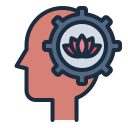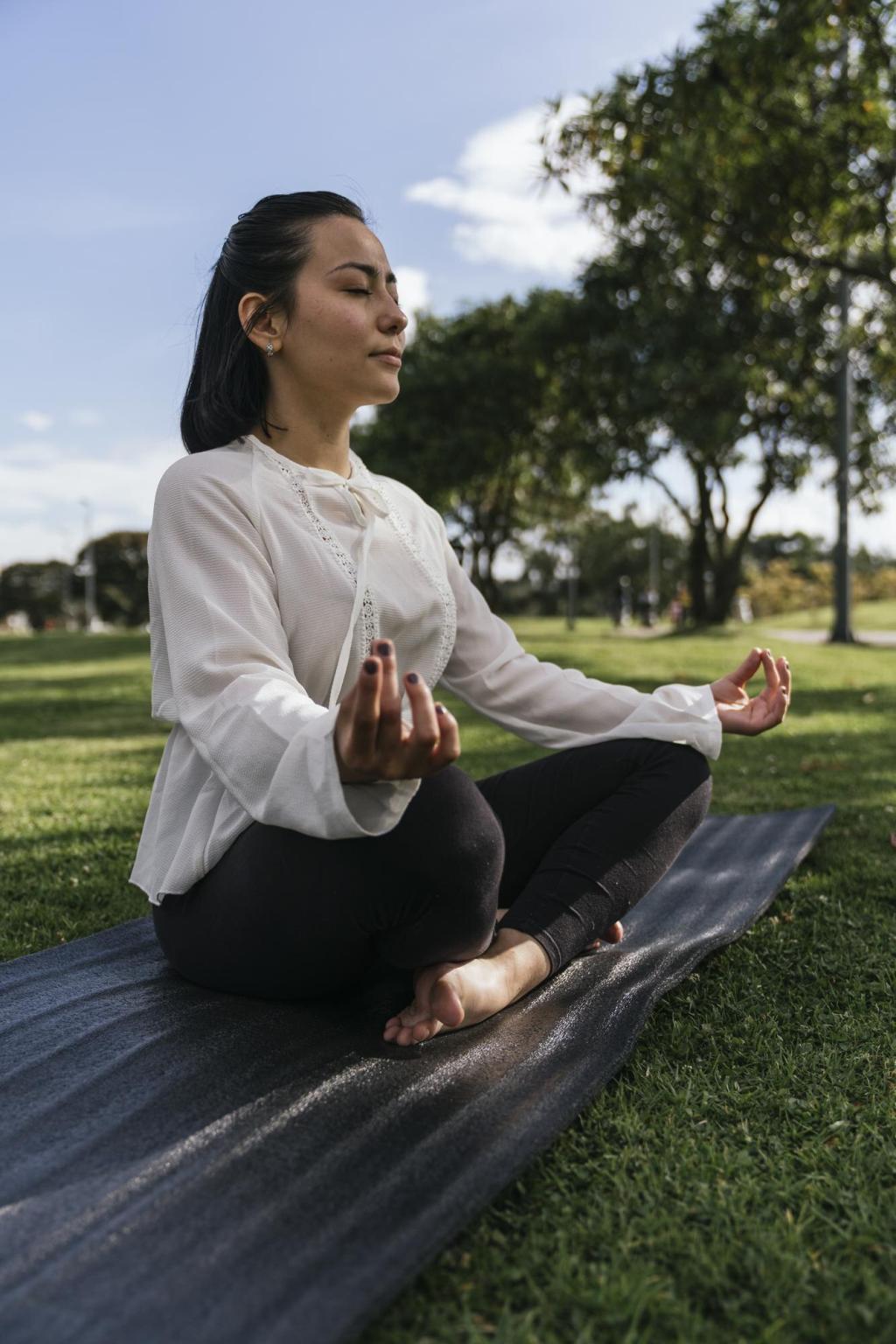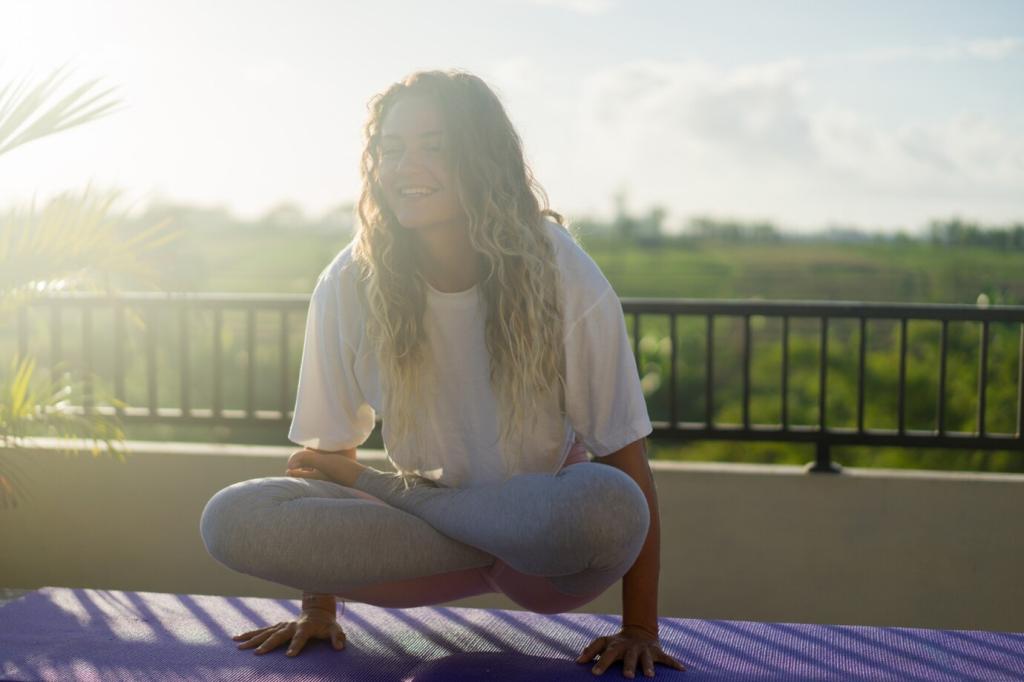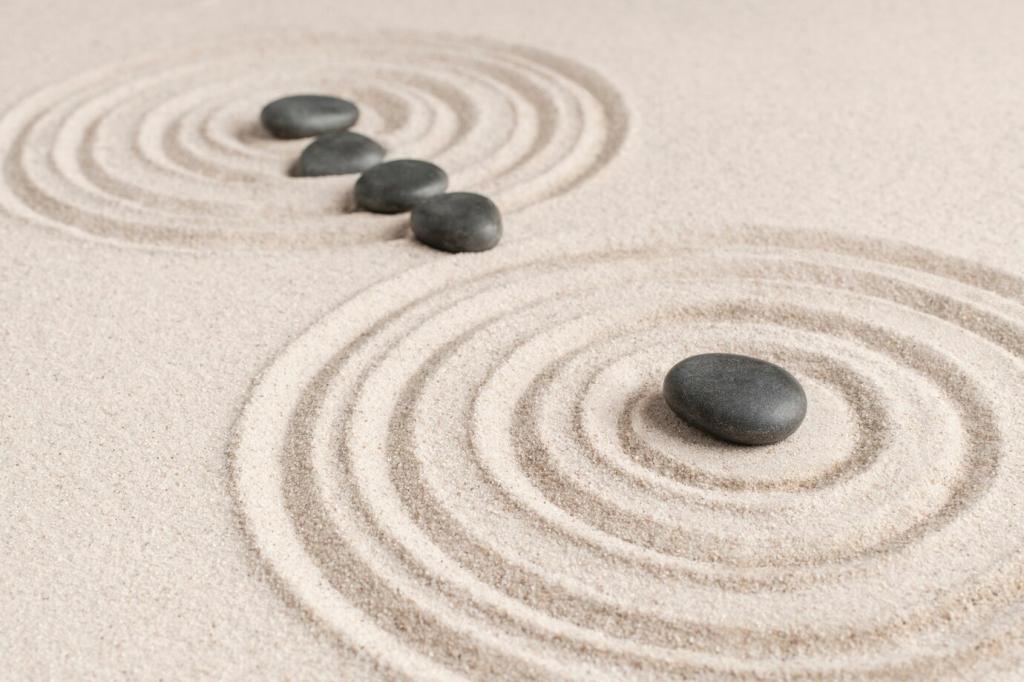Why Visualization Works for Mental Wellness
When you visualize vividly, your brain activates many of the same networks engaged by real experiences, helping emotions and body states shift. This makes visualization a supportive tool for mood, focus, and resilience during everyday challenges.
Why Visualization Works for Mental Wellness
Imagined scenes can anchor safety, hope, and soothing. By rehearsing calm responses, you teach your nervous system a gentler pattern. Over time, these rehearsals often make stressful moments feel more manageable, more familiar, and less overwhelming.









